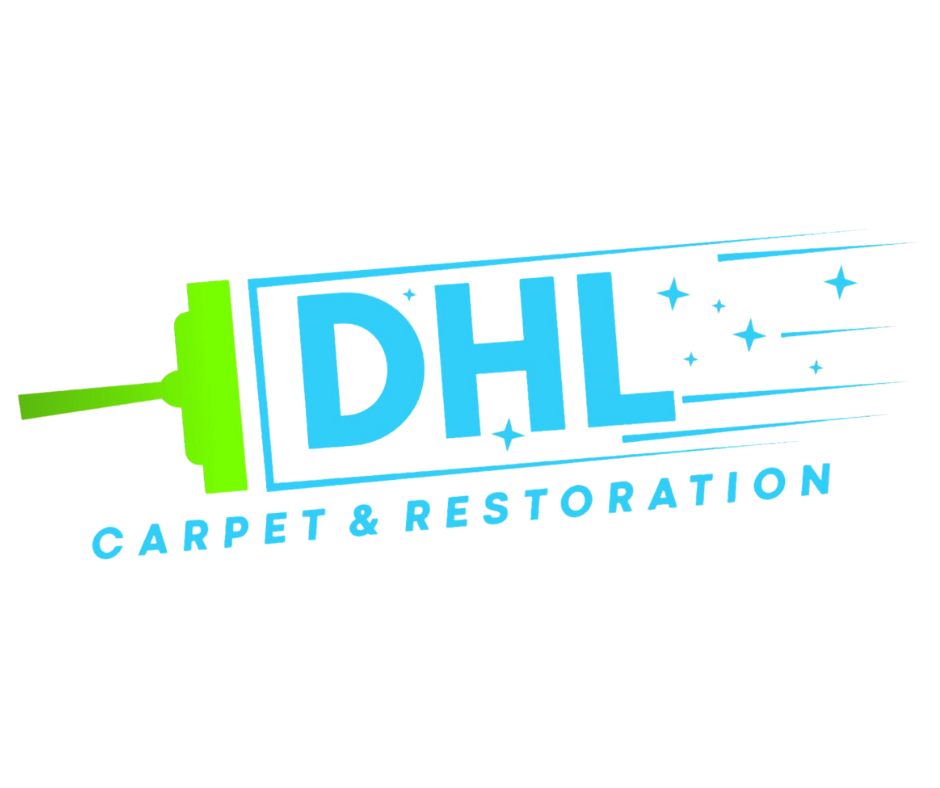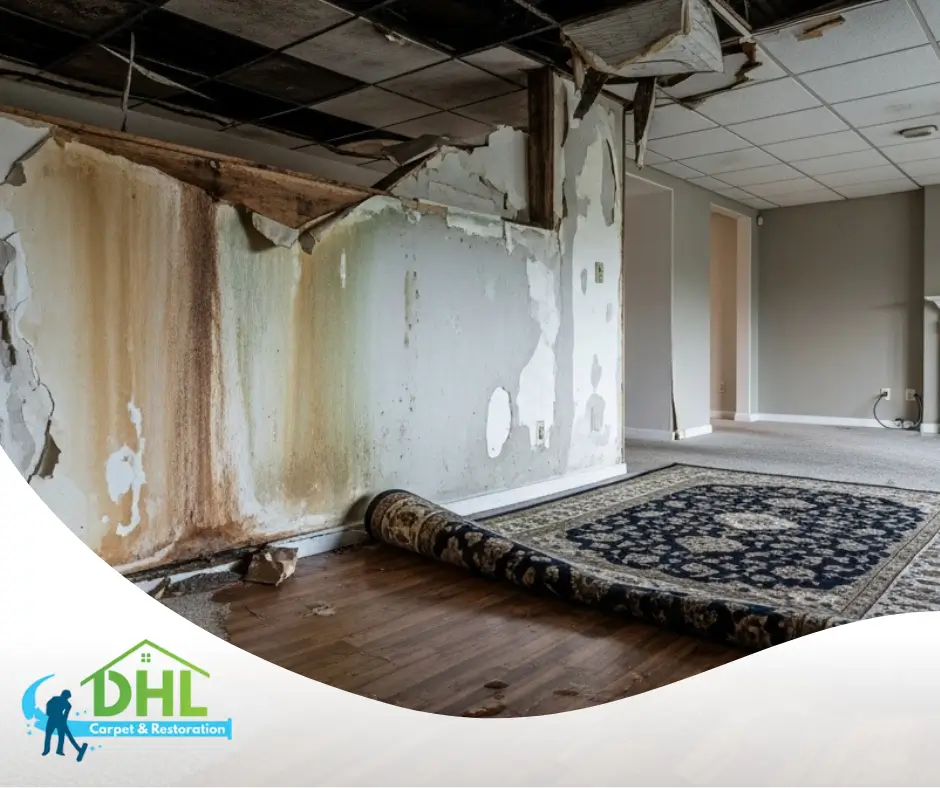Water damage doesn’t always arrive with a burst pipe or dramatic flood. Often, it creeps in silently—slow leaks behind walls, moisture under floors, or excess humidity in forgotten corners. If unnoticed, this hidden damage can compromise your home’s structure and pose health risks. That’s why early detection and water damage restoration are crucial to protecting both property and well-being.
1. Unexplained Musty Odors
That lingering musty smell in your bathroom, laundry area, or basement? It could be a sign of trapped moisture or mold growing behind the walls or under flooring. Damp conditions often lead to microbial growth, requiring immediate mold inspection and potentially full mold remediation.
2. Stained or Discolored Walls and Ceilings
Yellow, brown, or rusty stains are often the result of water seeping through drywall or ceiling tiles. These spots may grow over time, suggesting an ongoing leak. Behind them, structural damage could be developing. A timely water damage assessment can reveal the extent before things escalate.
3. Peeling Paint or Bubbling Wallpaper
Paint or wallpaper that’s cracking, flaking, or bubbling can indicate moisture trapped underneath. This is a common signal of water intrusion behind the surface—often due to faulty plumbing or roof leaks. Ignoring it could lead to expensive water damage repair later on.
4. Warped or Buckling Flooring
If your hardwood, laminate, or vinyl flooring is suddenly lifting or bending, water is likely the cause. Floors absorb moisture from below, especially in basements or bathrooms where slow leaks go unnoticed. This is a classic sign requiring subfloor inspection and possible flood damage restoration.
5. Mold Growth in Unusual Places
Finding mold in areas not typically exposed to water—like ceilings, closets, or behind furniture—usually means hidden leaks. Mold needs moisture to grow, so its presence is a red flag for underlying water intrusion. Left untreated, it can affect indoor air quality and trigger respiratory problems.
6. Sudden Spike in Water Bills
An unexplained increase in your monthly water usage can point to a hidden plumbing leak. Even minor leaks can cause significant structural damage over time, and professional leak detection is a key service within modern water mitigation strategies.
7. Sagging Ceilings or Wall Soft Spots
When water accumulates in drywall, it weakens the material, causing it to sag or feel soft to the touch. These signs mean water has pooled internally and poses a risk of ceiling collapse or structural instability. These issues require urgent emergency water cleanup.
8. Cracks in Foundation or Walls
Over time, continuous exposure to moisture can cause foundation materials to crack. These cracks not only allow more water in, but they also affect the structural integrity of the home. Restoration professionals assess these issues as part of comprehensive water damage restoration plans.
Why Ignoring These Signs Can Cost You More
When hidden water damage goes untreated, the consequences can multiply quickly. Mold growth, electrical hazards, insulation damage, and even long-term health problems can arise. Worse, insurance may not cover preventable issues. That’s why investing in residential water damage inspection and timely intervention is not just smart—it’s necessary.
Common Related Issues to Watch For
- Basement seepage and sump pump failure
- Window condensation and hidden wall leaks
- Roof leaks leading to attic damage
- HVAC system moisture buildup
- Damaged caulking in kitchens or baths
What to Do If You Suspect Hidden Water Damage
If any of these signs sound familiar, don’t wait. Schedule a full moisture inspection and begin the process of water damage cleanup and drying before the situation worsens. Experts use moisture meters, infrared cameras, and targeted removal techniques to uncover damage that isn’t visible to the eye.
Conclusion
Your home may look fine on the surface, but hidden water damage can quietly erode everything underneath. By recognizing the early signs and responding with professional water damage restoration, you not only protect your investment—you ensure a safer, healthier living space for your family.

